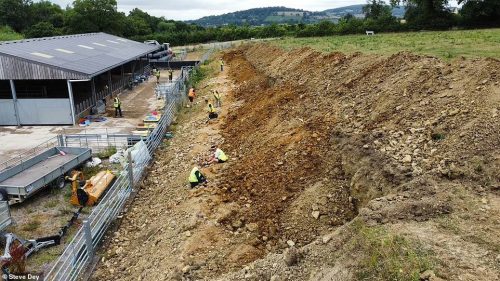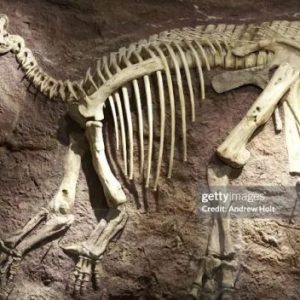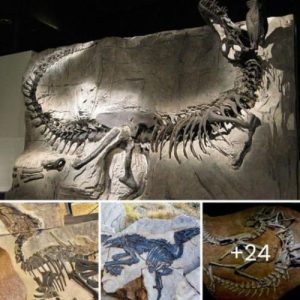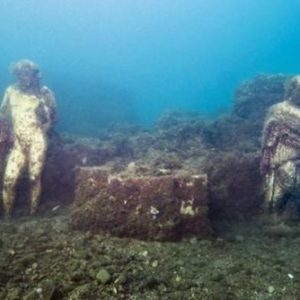
A remarkable discovery in a farmer’s field in Gloucestershire has opened a window into the past, revealing the stunningly well-preserved remains of marine animals that thrived in a tropical sea 183 million years ago. This extraordinary find has left scientists and paleontologists awe-inspired and provides valuable insights into Earth’s ancient history. In this article, we will delve into the details of this exciting discovery and the significance it holds in understanding our planet’s prehistoric marine ecosystems.
A Glimpse of the Past
The recent discovery of 183 million-year-old marine fossils in Gloucestershire has sparked excitement within the scientific community. These fossils provide a rare and incredibly well-preserved snapshot of life in a tropical sea during the early Jurassic period.
The Remains of Ancient Sea Life
The unearthed fossils include a diverse range of marine life, such as ammonites, belemnites, and bivalves, each with its unique characteristics and stories to tell. These creatures lived in a warm, shallow sea, and their remains have been preserved in astonishing detail. The fossils offer a glimpse into the daily lives of these animals, their interactions, and their roles within the ancient marine ecosystem.
The Role of Ammonites
Ammonites are among the most captivating fossils discovered in this collection. These prehistoric relatives of modern-day squids and octopuses had coiled shells and were abundant in ancient oceans. They were skilled swimmers and played a crucial role in the food web of their time. The well-preserved ammonites found in Gloucestershire offer an opportunity for scientists to study their anatomy, behavior, and evolution.
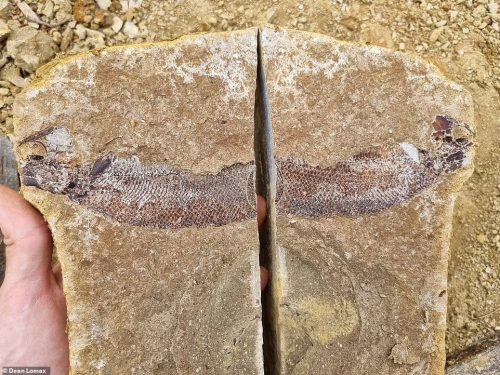
Belemnites: Ancient Squid Relatives
Belemnites, another intriguing discovery, are ancient relatives of modern squids. These creatures had long, pointed shells and were skilled predators in their marine environment. Studying the belemnite fossils can provide insights into the ecology and evolution of these fascinating cephalopods.
Bivalves: Ancient Filter Feeders
Bivalves, represented among the uncovered fossils, are known for their two-part shells and their role as filter feeders in marine ecosystems. These creatures are essential in understanding the dynamics of the ancient seabed environment and the interactions among various marine species.
The Significance of Well-Preserved Fossils
The exceptional preservation of these fossils is a rare find in paleontology. It offers a unique opportunity for scientists to gain a deeper understanding of life during the early Jurassic period. By closely examining these specimens, researchers can uncover details about the animals’ anatomy, behavior, and adaptations to their environment. The information gathered from these fossils will contribute to our knowledge of Earth’s ancient oceans and the evolution of marine life.
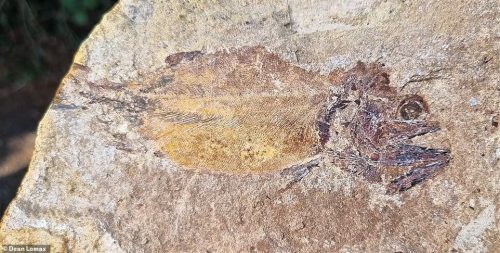
Unveiling Earth’s History
Unearthing fossils from 183 million years ago is like opening a time capsule. It allows us to peer into the past and understand the incredible biodiversity and complex ecosystems that once existed in Earth’s tropical seas. These fossils in Gloucestershire provide valuable data for reconstructing the history of life on our planet and give us a greater appreciation for the Earth’s geological and biological evolution.
The discovery of stunningly well-preserved marine fossils in Gloucestershire is a testament to the wonders of paleontology and the dedication of scientists and researchers who continue to unravel Earth’s ancient mysteries.
These 183 million-year-old remnants offer a unique glimpse into the lives of marine creatures from a bygone era, shedding light on the intricate web of life that existed in a tropical sea during the early Jurassic period. As we continue to study and learn from these fossils, we deepen our understanding of our planet’s rich history and the dynamic changes that have shaped life on Earth.
